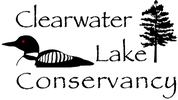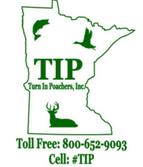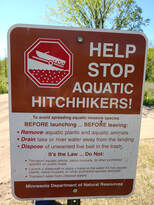|
It has become a concern that the increasing number of Invasive Rusty Crayfish might be having a significant impact on our native vegetation. With the only know solution is trap and remove, the Lake Association Board purchased and distributed free Crayfish traps at our 2019 Annual Meeting.
When and Who can Trap
Open season in MN is from April 1 – November 30. If you have a fishing license, you can trap up to 25 pounds. Special permits are required to trap more than that. It is also VERY IMPORTANT to note, that you cannot take Rusty Crayfish from our lake and use it as bait in any other body of water! We do not want to share this problem.
What Bait to Use
Basic plan: non-spoiled, uncooked meat. Use 2 to 3 pounds of bait to catch 15 to 20 pounds of crayfish. Rusty crayfish are hungry little mud bugs and have 3 times the appetite of a normal crayfish. Good options include
Extra tip: You can freeze the whole bait box if it still contains meat for your next trapping. Where to Place the Traps
The best areas have a lot of rocks that the crayfish like to hide in. They do not like soft / sandy bottoms. So areas where rocks have been used along the shoreline are the good as well as natural shallow rocky areas. Good success has been had in 10 – 20 feet of water on Clearater Lake.
Throw one off your dock, or head out on your boat to the sunken island.. Traps and Tending
MN DNR Regulations
The full list of MN DNR Crayfish Fishing regulations are worth reviewing.
What to do with the ones you don’t want to eat?
Offer them to someone that does! If everyone is crayfish-ed out, we recommend freezing them and then throwing them in the trash on garbage day. Things we DO NOT recommend
|


